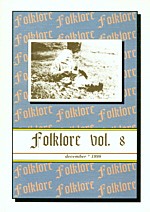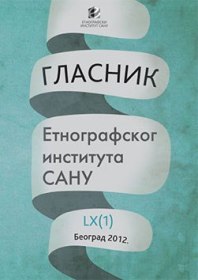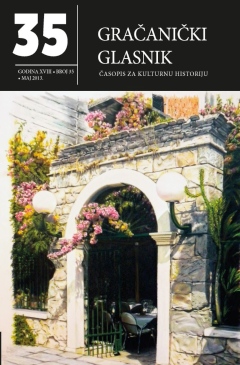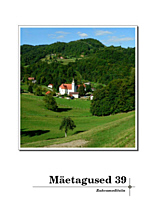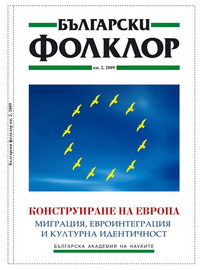Author(s): Raivo Kalle / Language(s): Estonian
Issue: 39/2008
Herba, the Estonian folk medicine database of herbal treatment (available at http://www.folklore.ee/herba), has been the source of lore texts about the use of plants and herbs as popular remedies since 2006. At the present moment, the database includes the earliest archive texts up to the year 1939, estimated to constitute slightly less than half of the total number of texts. The identification of plant names in the texts are largely based on the monograph Eesti taimenimetused (‘Estonian Plant Names’) by Gustav Vilbaste (1993). Even though most of the collected Estonian plant names have been identified by Vilbaste, new ethnobotanical names emerge while processing the lore material. The article describes the linking of new folk plant names with the botanical nomenclature and establishing connections with the already known folk plant names (on the basis of texts in the database and specialised literature). The database text can be associated with the species on the basis of three criteria: folk plant name (according to Vilbaste’s monograph), the Latin name included in the text, and the plant description. The number of informants with more than one Latin extension in the database is currently 11. Some texts may correspond to nearly all the criteria, but this is an exception rather than a rule. The largest number of Latin names has been contributed by the following informants: pharmacist Hans Jako (in Jakob Hurt files), physician Mihkel Ostrov in 1891 and 1892 (folklore files of the Society of Estonian Literati), school teacher Julius Lunts in 1937 (Estonian Folklore Archives collection) and medical student Jaan Lääts in 1938 (Estonian Folklore Archives collection). Gustav Vilbaste has likewise used the texts of the said informants, though selectively; for instance, the text contributed by Mihkel Ostrov yielded more than 15 new equivalents. The most time-consuming section of the work was to establish connections according to other plant names and/or description and habitat represented in the texts. Usually, a plant can not be identified on the basis of a single text and the results are unreliable. For identification, texts from different collections were gathered together and were analysed according to different parameters, such as the origin of the text, informant’s background, other names mentioned in the text and so on; in addition, the results were compared against the data of plant geography. As to the more complicated texts, mycologists and botanists had to be consulted with. One of the aims of the article is to publish the plant names rediscovered in the course of the work and provide inspiration for deriving new Estonian names for species so far unnamed (e.g., family Gymnosporangium).
More...


